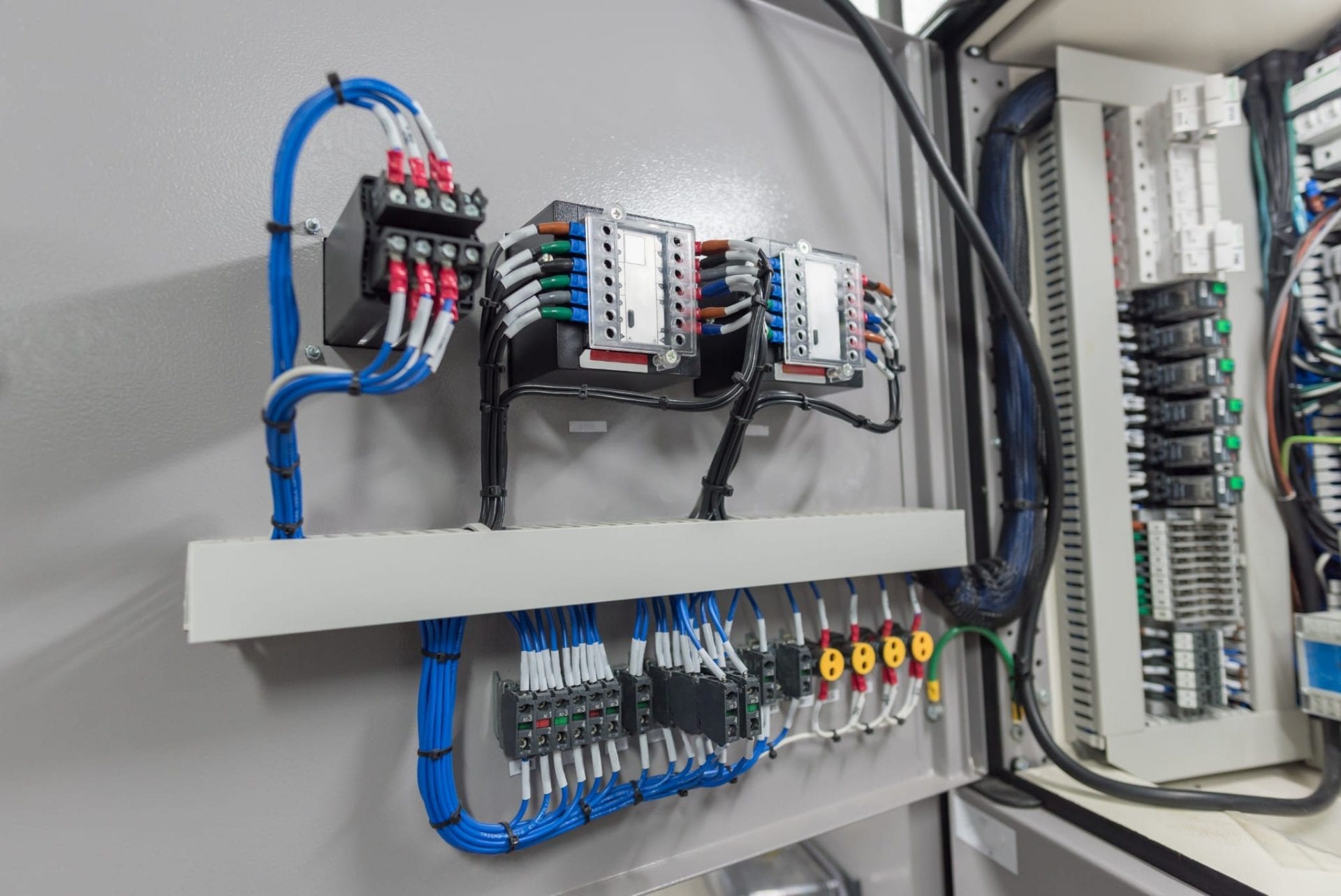The Ultimate Beginner's Guide to Electrical Wiring: Everything

Electrical wiring is a crucial part of any home, and understanding it is essential for every homeowner. It is not just important to ensure the efficient running of your house, but it is also essential for your safety. In this article, we will go over the fundamentals of electrical wiring and the importance of safety and the advantages of employing an accredited residential electrician for all your electrical wiring needs.
Understanding Electrical Wiring Basics
Wiring for electrical purposes is the network of electrical conductors that run throughout your home, providing electricity to your appliances as well as lighting fixtures. It works by forming electrical circuits which connect the sources of power with your gadgets. Circuits for electrical power are comprised of switches, wires, and other electrical components that work to create a safe and efficient electrical system. There are various kinds of electrical wiring, such as aluminum, copper, and different types of wire insulation, such as PVC paper, rubber, or.
Planning and Preparation for Electrical Wiring
When installing an electrical wire, you must consider a variety of factors to consider, including the kind of wiring that you’ll need, the size for your current electrical systems and your power requirements. Additionally, it is important to be aware of the electrical rules and regulations for wiring as well as the permits that are required in your region. To be prepared the electrical wires, create an electrical plan and evaluate your electrical needs. This will help make sure that the electrical wiring is safe efficient and effective, as well as meeting the power requirements of your home.
Materials and Tools Needed for Electrical Wiring
When making new electrical wiring, it is essential to have the right materials and tools on hand. The most important tools are strippers, wire cutters pliers, and a voltage tester. Other materials needed for electrical wiring are electrical tape, wire nuts conduit, as well as electrical box. It is also helpful to have a wiring diagram to help you with the installation process.
Step-by-Step Guide to Electrical Wiring Installation
Installation of electrical wiring can be an intimidating process However, with the proper equipment and the right knowledge, it can be done safely and efficiently. This is a step-by-step guide to installing electrical wiring at home:
Shut off the power source to the area in which you’ll be working.
Create a wiring plan and mark the location where the wiring will be installed.
Install conduit and electrical boxes wherever needed.
Cut and strip the wires until the appropriate length.
Connect the wires to the fixtures or devices that you’re wiring.
Connect the wires by using wiring nuts, electrical tape, and conduit straps.
Check the wiring to make sure it is functioning properly.
During the installation process It is crucial to follow wiring installation best practices and tips. Also, be aware of common mistakes to avoid when installing electrical wiring for example, over-loading the circuits of wires that are damaged, and using the incorrect type of wire.
Troubleshooting Electrical Wiring Problems
Even with careful planning and installation, electrical wiring problems may occur. The most frequent issues are wiring problems, overloads in circuits and electrical shorts. To resolve these issues it is essential that you are aware of common electrical wiring problems and understand how to effectively and safely address them. Additionally, it is critical to adhere to electrical safety guidelines when attempting to solve electrical wiring problems including shutting off the power source and wearing safety gear.
Conclusion
In the end, knowing about the electrical wiring inside your home is crucial for your safety and for the proper operation the electrical systems. It is essential to employ an accredited electrician to ensure your wiring is set up and maintained in a proper manner. In Local Electrician Marsden Park, we provide a range of electrical services, including electrical wiring installation and repair. Contact Local Electrician Marsden Park at 1300 610 481 for all of your electrical wiring needs.
Electrical Wiring FAQ
Here are some frequently asked questions regarding electrical wiring, as well as other safety guidelines and the best techniques for electrical wiring repair and installation:
What kind of wire do I need to use for my electrical wiring?
The kind of wire you should use for electrical wiring is contingent on your specific needs and the local building codes. It is important to use the correct wire gauge along with the insulation type, as well as wire materials to ensure the safety and efficiency for your wiring system.
Do I have the ability to put in myself my own wiring for electrical use?
While it is feasible to create your own electrical wiring, it’s crucial to have the expertise and experience to complete the task effectively and safely. In most cases it is recommended that you engage an experienced electrician to ensure your wiring is set up and maintained correctly.
How often do I need to inspect my electrical wiring?
It is suggested to inspect your electrical wiring at least every 10 years, or when you spot signs of electrical problems for example, frequent circuit breaker trips or electrical shocks.
What should I do if I notice electrical wiring problems in my house?
If you spot any electrical wiring problems in your home, like flickering lights or outlets that won’t work, it is important to fix them right away. Switch off the power source to the affected area and then contact an accredited electrician to evaluate and repair the issue.
By following these suggestions and best methods, you can be sure you have electrical connections that are safe and operating in a safe manner. Be sure to put safety first and get a certified electrician in the event of a need. Reach out to Local Electrician Marsden Park at 1300 610 481 for all your electrical wiring requirements.
